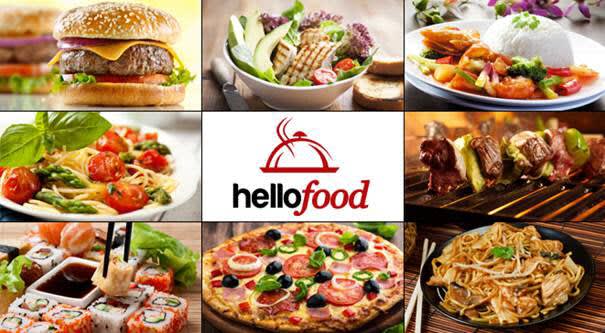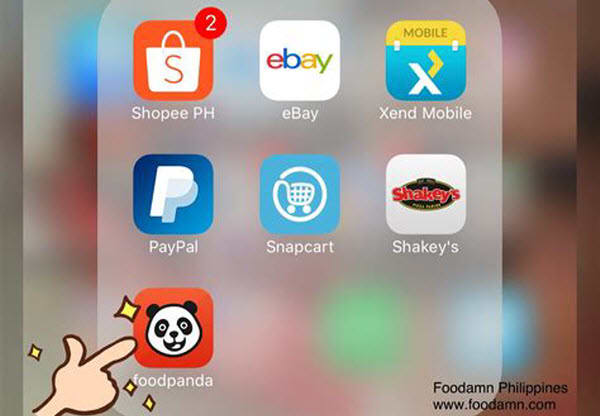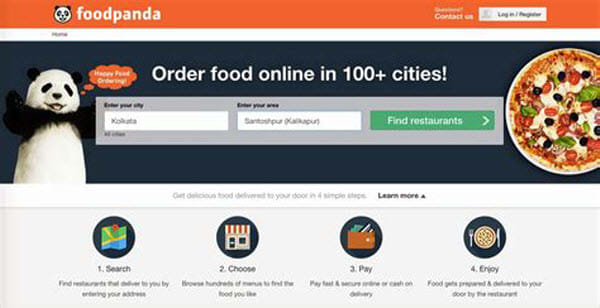You may have heard of Postmates, Caviar, and UberEats. The likelihood of you using mobile/online food delivery to order your meal is probably high as many restaurants are increasingly using technological advancements to improve quality of service and generate more sales. Over the past few years, we have witnessed a growing number of start-up restaurants making tidal waves in the market by providing an online platform for ordering meals and handling the logistics of food delivery. Hence, the swathe of delivery services is revolutionizing the food service industry.
How Food Delivery Service is Reshaping the Restaurant Industry

Shaping the Restaurant Industry Today

The global market for food delivery services stands at one percent of the entire food market and accounts for 4 percent of food sales made at restaurants and fast-food chains. Food delivery service has already matured in most countries evident by the overall annual growth rate that estimates approximately 3.5 percent for the next couple of years.
The most common form of delivery service is still the traditional mode which most restaurants still use: consumers place an order with a local restaurant over the phone and wait for the food to be delivered to them at the door. This traditional delivery method holds 90 percent of market share and almost 3 quarters of these orders are still made over the phone. Like in many other sectors, however, the rise of digital technology is reshaping the restaurant industry. Consumers who have especially grown accustomed to the conveniences and transparency of online shopping via apps or websites are progressively expecting the same experience when it comes to ordering meals online.
Delivering Instant Gratification and Success

Options for take-out food at restaurants in urban areas have and continue to multiply manifold. With a few clicks of a mouse or taps on your mobile phone, you can order a full meal from a local upscale restaurant and have it delivered to you in a matter of 30 minutes! With the use of smartphone and touchscreen landscape, and apps, digital technology has become an integral component in restaurant management to deliver in terms of service and overall customer satisfaction, be it to the restaurant table or at the door. As such, food delivery has evolved into tech-driven service as digital savvy customers expect easy access to all aspects of culture from fashion to food from their smartphones.
Nonetheless, the challenge to retain the expected quality of food and standards of customer service while simultaneously minimizing disruption to traditional patrons still remains among both restaurants and third party deliver services. The responsibility of ensuring that orders are delivered promptly without compromising on quality of in-house services, weighs heavily upon both parties. Furthermore, the food service industry is becoming a rapidly evolving and increasingly crowded marketplace as customers with disposable income want their favorite meals on demand. While some restaurants continue to use the same model, others are adapting it to tailor to their business needs and that the needs of their customers by extension.
Impact of Consumer Behavior

Due to the shift in consumer behavior, the transformation from brick-and-mortar to online has dramatically impacted the retail sector. For instance, chains like Wal-Mart, JC Penny and Sears are forfeiting market share to EBay and Amazon each day. In respect to the restaurant industry, consumer use of online food deliver service continues to rise. Fast casual restaurants have felt the biggest shift in the food service industry. With all the consumer and investment money poured into it, it should come to no surprise that the fast food sector in the US currently sits around $30 million and is expected to reach $100 million in the near future!
In the US alone, the weekly use of food delivery service provided by restaurants has doubled between the years of 2010 and 2015. Food orders are rapidly growing by 20 percent per year in India. The UK is expecting the use of delivery service to triple by 2020. The only drawback is people are spending less money on fast-food meals. Instead, they are looking for more convenient ways to dine. A global survey discovered that 53 percent of respondents consider online ordering the most important technological offering a restaurant can have – more valued than digital menus and loyalty programs even.
What May Not Crush You Might Cost You

The interest and adaptation of food delivery is, without a doubt, producing a new dynamic in the restaurant business. It has open many doors of career opportunities where restaurant owners are looking for people to handle orders and package meals for delivery. While it’s easy to presume are seeing a bottom line increase with the advent of food delivery service, unfortunately the majority claim otherwise. Along with the cost of hiring more staff to streamline orders and deliveries, the expense of the delivery itself is shrinking the overall profit margin. While the meal ordered for delivery is less expensive, high profit items such as beverages are generally not ordered online. Though the demand for (online) food delivery service continues to increase in volume, it is still not high enough to counterbalance additional labor costs and other expenses.
When done right, food service delivery can help restaurateurs foster customer loyalty, boost profitability, and generate more sales. Customer-facing technology is designed to deliver a competitive edge for a price. Restaurants, especially chains, with low numbers in foot traffic are turning to delivery to help them attract existing and new customers. Some have already announced they will launch their own delivery service and develop mobile ordering apps. Although we’ve come a long way, changes are happening faster with various technological advancements. Delivery is predicted to have the most seismic effect making it essential in the food industry, in just a few decades. Many chains may not be ready to offer delivery service now but are advised to confront and consider this initiative at some point.
